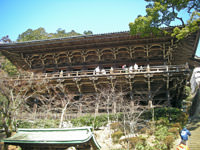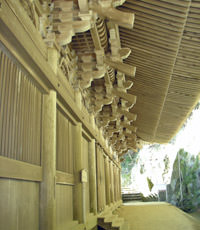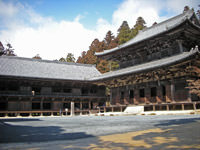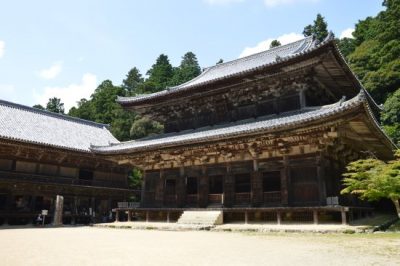
Engyo-ji’s history is over 1,000 years long. Engyo-ji was initially founded as a Tendai sect temple by Shoku Shonin in 966. It is said that Shoku Shonin saw a celestial being in a cherry tree on the mountain, which inspired him to carve a statue of Kannon, the Goddess of Mercy out of the cherry tree. The temple he built around the statue became informally known as “Mt. Heiei West”, referring to the largest of the Tendai sect temples near Kyoto. Even though Engyo-ji was located far away from Kyoto, many aristocrats would regularly visit the temple. The name literally translates to “To Teach”, an indication of its initial function as a training temple for monks. The temple teaches to maintain a balanced personality and to keep harmony with your fellow man.







